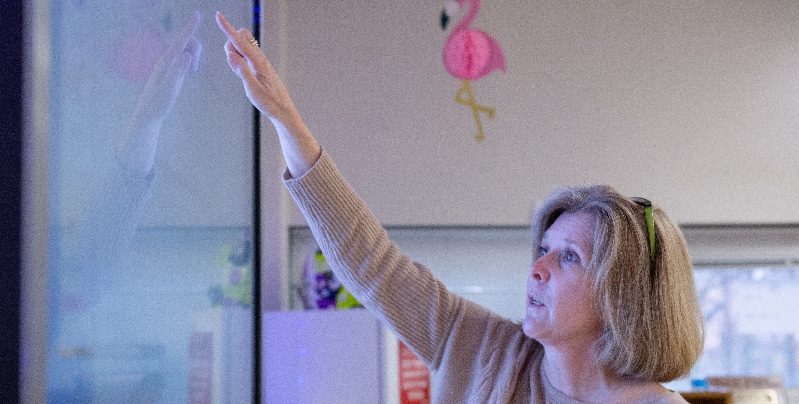Over the last two and a half years, if there was a glass-half-full way of looking at COVID-19’s effect on education, it was to consider how the challenges created by the pandemic might also catalyze innovation. Remote learning led to substantial investments in devices, software, and connectivity that could serve as basic infrastructure to support innovative approaches to teaching and learning. Remote and hybrid learning also opened the door for conversations about rethinking conventional instruction.
But to the dismay of innovation optimists, education hasn’t been changed much by the pandemic.
A few years ago we conducted a research project to answer a question central to understanding why innovations do or don’t get adopted in schools and classrooms: What motivates teachers to change their instructional practices? The short answer we landed on: it depends on teachers’ circumstances.
On one hand, when a teacher has a repertoire of time-tested strategies, practices, and lesson plans, and they feel confident in their teaching, the innovations they are willing to adopt need to be natural extensions and enhancements to that repertoire. It doesn’t make sense for them to throw out what’s worked in the past and commit significant time and energy to radically different approaches. On the other hand, when teachers find that conventional strategies fall flat for them and their students, their frustration can catalyze demand for radical departures from the status quo. Thus, the innovations teachers will readily adopt for their classrooms really depend on the nature of the challenges inherent in their circumstances. In the language of Clayton Christensen’s theories, we call these different circumstances “Jobs to Be Done.”
I’ve long been a fan of the Modern Classrooms Project. Its blended, mastery-based, and self-directed approach to classroom instruction is a prime example of the type of personalized learning that the Christensen Institute has studied over the last decade. I’ve also been impressed by how they go about encouraging teachers to adopt their model.
Unlike other programs and organizations that aim for department-wide or school-wide innovation initiatives, the Modern Classrooms Project recognizes that not all teachers’ circumstances prompt them to want the Modern Classrooms model. Instead of trying to create a program that can be all things to all teachers, the Modern Classroom Project founders designed for the needs and circumstances of teachers who are ready to overhaul their practices and then created resources and services that make classroom model overhaul as easy and straightforward as possible.
I recently chatted with Kareem Farah, co-founder and CEO of the Modern Classrooms Project, to talk with him about the how his program aligns with the Jobs to Be Done of teachers. That conversation is now available for public consumption on The Disruptive Voice Podcast.
Photo by Allison Shelley for EDUimages.



